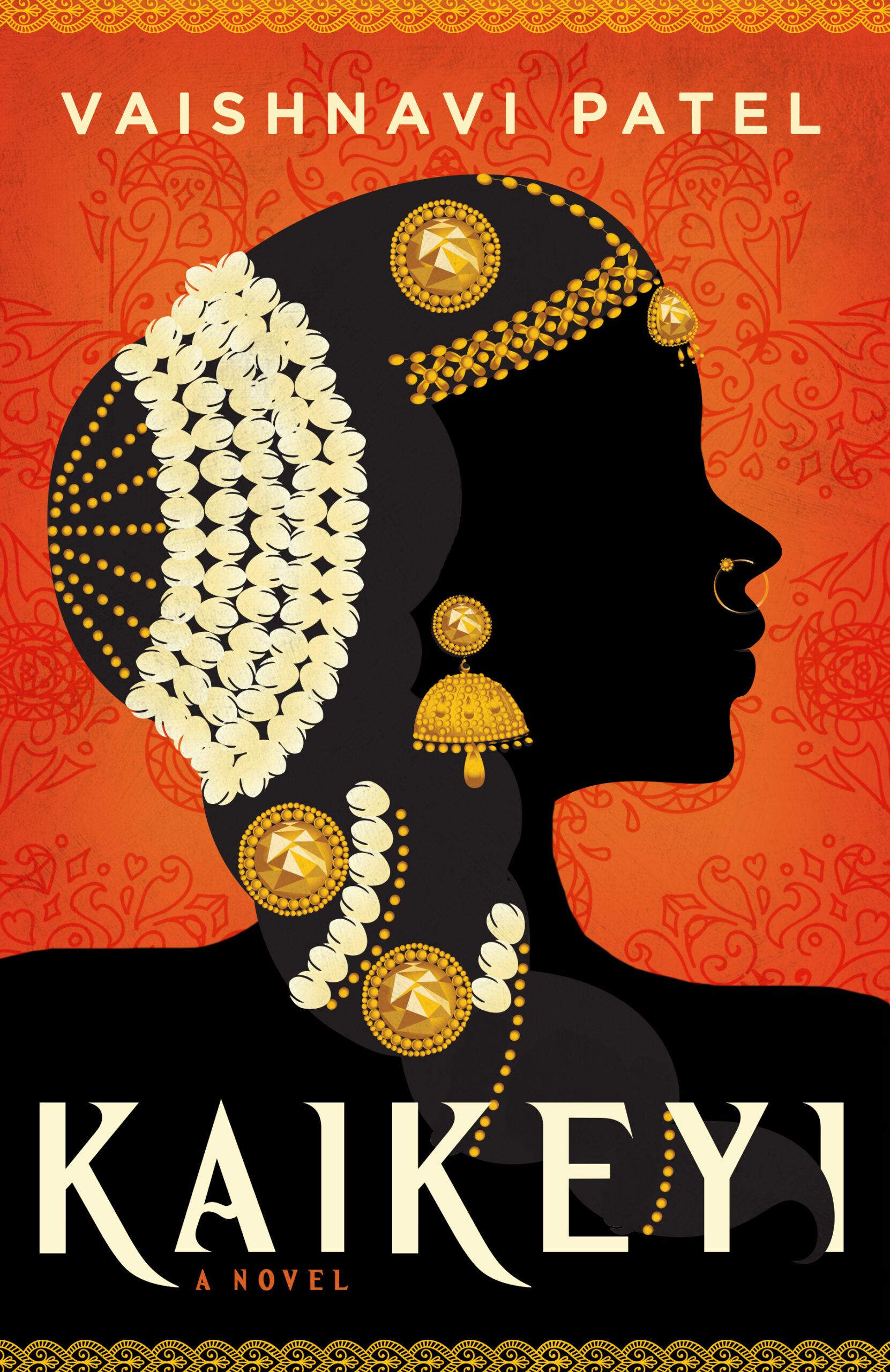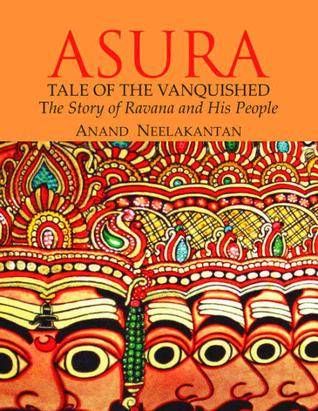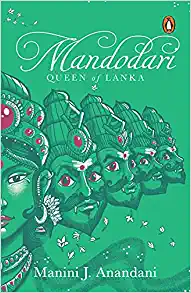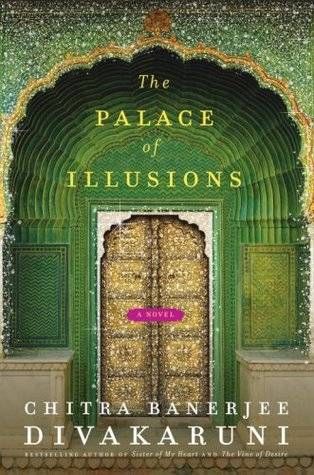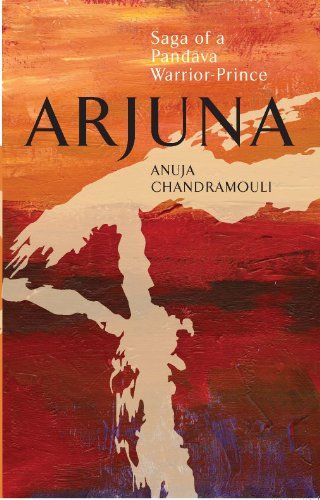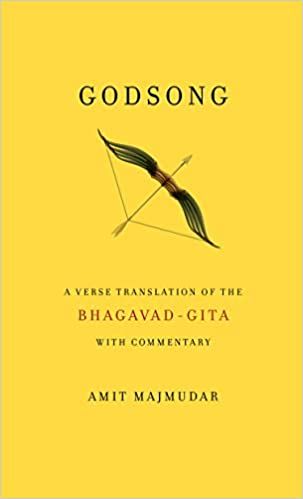Hindu epics have been passed down via the oral tradition for decades, so it stands to reason that many details have been adjusted or retold to fit the needs of the storyteller. But the basic tenants remain, and the core texts have been preserved. But nowadays, having a good retelling is a great way to reframe these ancient epics to gain a deeper meaning beyond the traditional canon and cultural consensus. This new tradition of publishing retellings of Hindu epics is refreshing because up to 20 years ago, I couldn’t walk into a bookstore and pick up a book about Hindu epics, much less a simple retelling. I personally enjoy reading retellings because they make these stories accessible to someone like me, an Indian American Hindu who can’t read Sanskrit and must rely on translations. Because translations are already flawed, especially going from Sanskrit to modern English, I find retellings to be excellent reading experiences that capture nuances and bring secondary figures to life. These eight retellings of Hindu epics were closely reconstructed from the source text and relay the stories for modern audiences with a new understanding of the nuances and lessons. If you want to read more retellings, check out these gender-flipped retellings and read about why retellings by Authors of color matter. But the tale has so many nuances that it’s a rich source text for retellings. As a kid, I thought I understood each character in their black and white profile. This character is “good” while this one is “bad.” But these retellings have reminded me that characters are complex and live rich, compelling lives in the arc of their stories. The beauty of these retellings is that they helped me recontextualize many characters who I passed judgment on.
